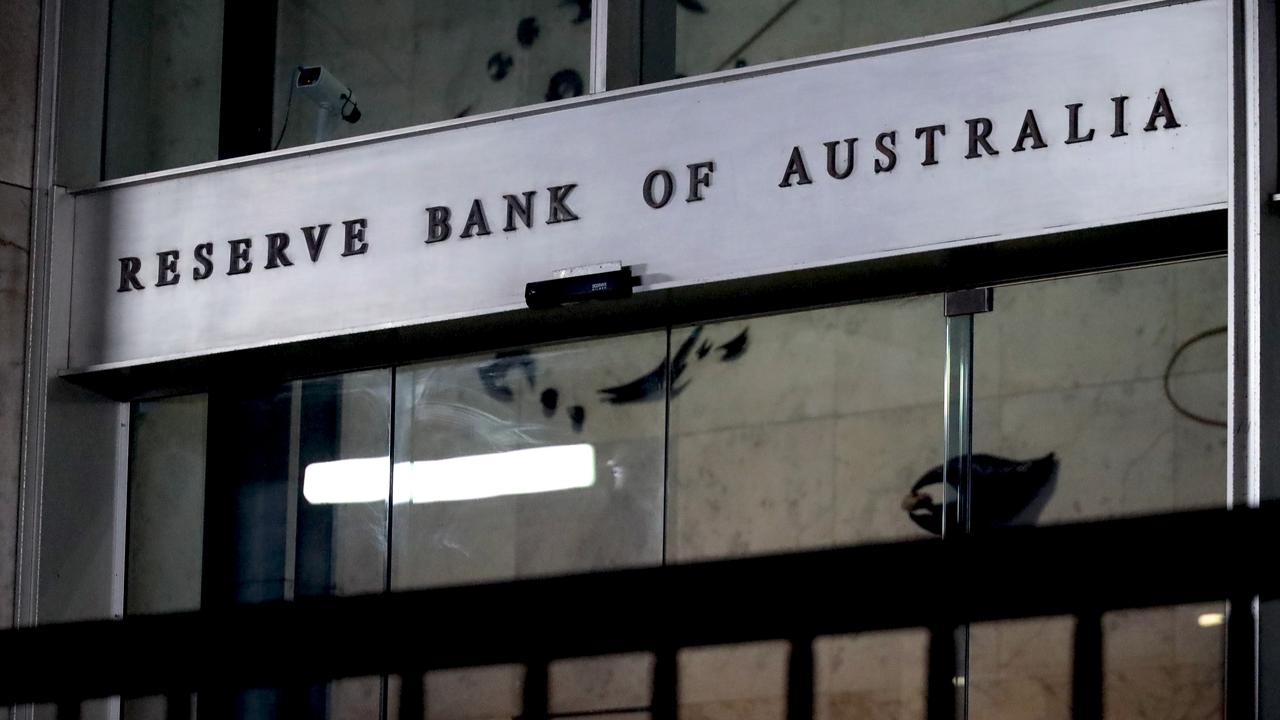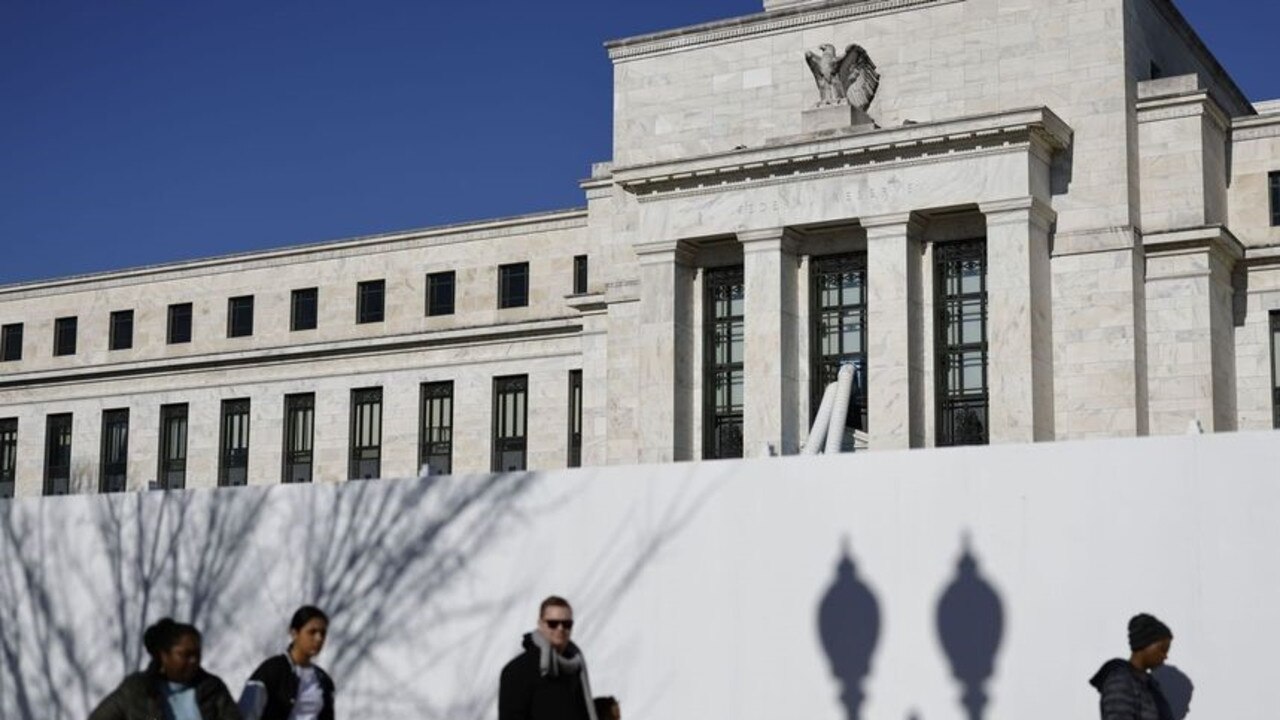Australian sharemarket flat despite jump in inflation to 5.2 per cent
While inflation data jumped higher for the first time in four months, the local benchmark barely budged on Wednesday.
The Australian sharemarket barely shifted on Wednesday despite inflation data jumping higher for the first time in four months.
The Bureau of Statistics’ latest monthly inflation print showed consumer price growth rose to 5.2 per cent for the 12 months to August, up from 4.9 per cent in July. Petrol prices were the main driver of the increase, up 9.1 per cent in the month.
But measures of consumer price growth excluding volatile items, like groceries, fuel and holiday travel, continued to ease, falling to 5.5 per cent in August, down from 5.8 per cent in July.
Traders are now pricing in a 40 per cent chance the RBA lifts rates in November and a 90 per cent chance by March for a 0.25 percentage point rate hike.

The S&P/ASX 200 sank for the third consecutive day, falling by 7.9 points or 0.1 per cent to 7.030, while the broader All Ordinaries similarly fell 8.4 points or 0.1 per cent to 7229.9.
Nine of 11 sectors finished in the red at the closing bell led by losses in tech, health and energy stocks. Real estate was the standout performer, increasing by 4.4 per cent.
Tech heavyweight Xero fell 1.3 per cent to $112.50 a share, while Wisetech also sank 1.6 per cent to $65.72 and Life360 shed 1.7 per cent to $8.68.
In company news, casino giant Star Entertainment shares dropped 15.3 per cent as it works to complete its $750m equity raise from institutional investors to reset its capital structure.

Tamboran Resources surged 11.6 per cent higher after the gas explorer announced its first estimates of reserves at a Beetaloo Basin permit.
Medical device company ResMed jumped 4.8 per cent after a broker report from Goldman Sachs found that it expected weight-loss drugs to have minimal impact on the market for sleep apnoea devices.
IG Australia market analyst Tony Sycamore said while the inflation data wouldn’t shift the dial for RBA’s October meeting, further rate hikes would be dependent on future data.
“I still think the RBA could hike in November, but that will come down to the employment data and also the September quarter CPI released in October,” he said.

Mr Sycamore said markets remained concerned about a potential further hike, particularly given the continued hawkish stance of the US Federal Reserve.
“You’ve seen that repricing more recently after the Fed’s hawkish hold last week, and that’s really given S&P and the Aussie market a good push lower.”
Adding that September and October was generally a “scary” time for equity markets, Mr Sycamore said markets were searching for a base.
“I think we're very close to a low in US equity markets and the ASX 200,” he said.



